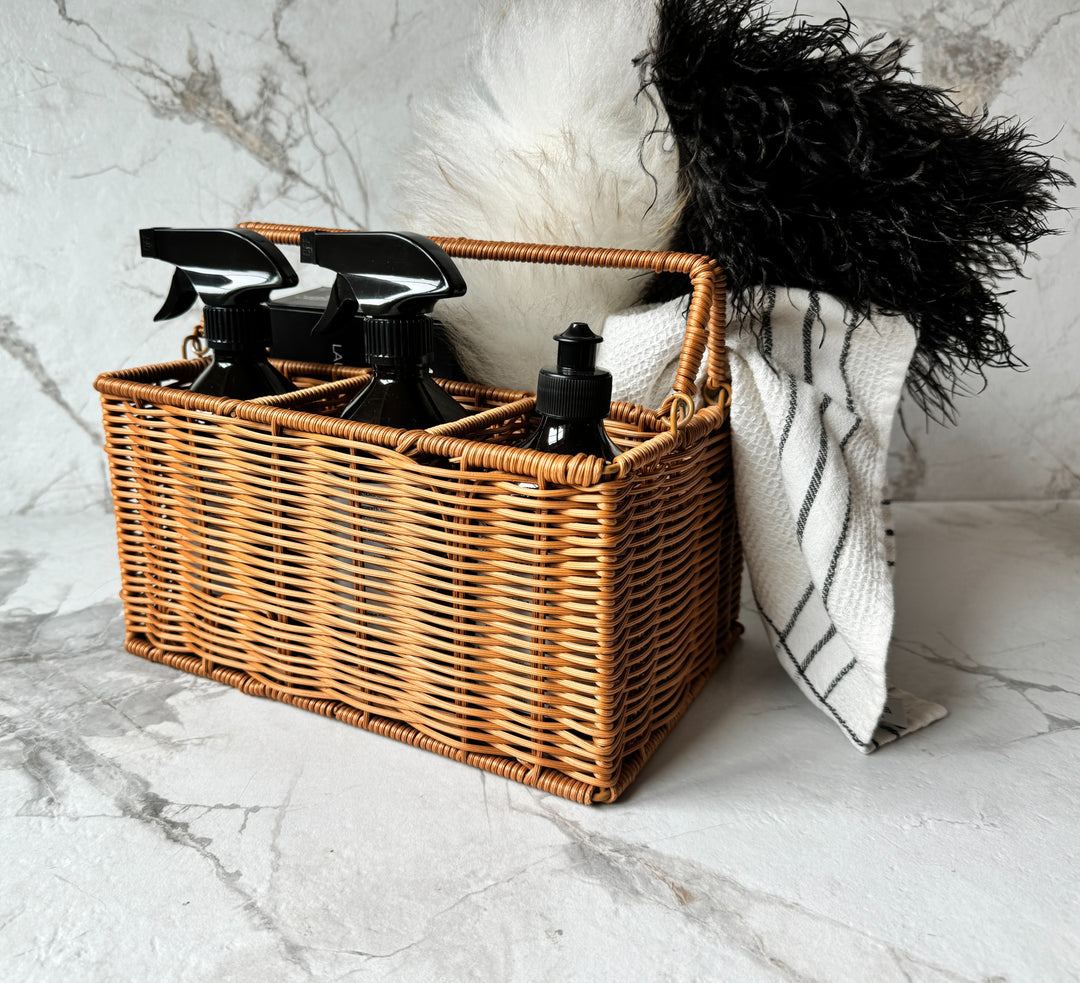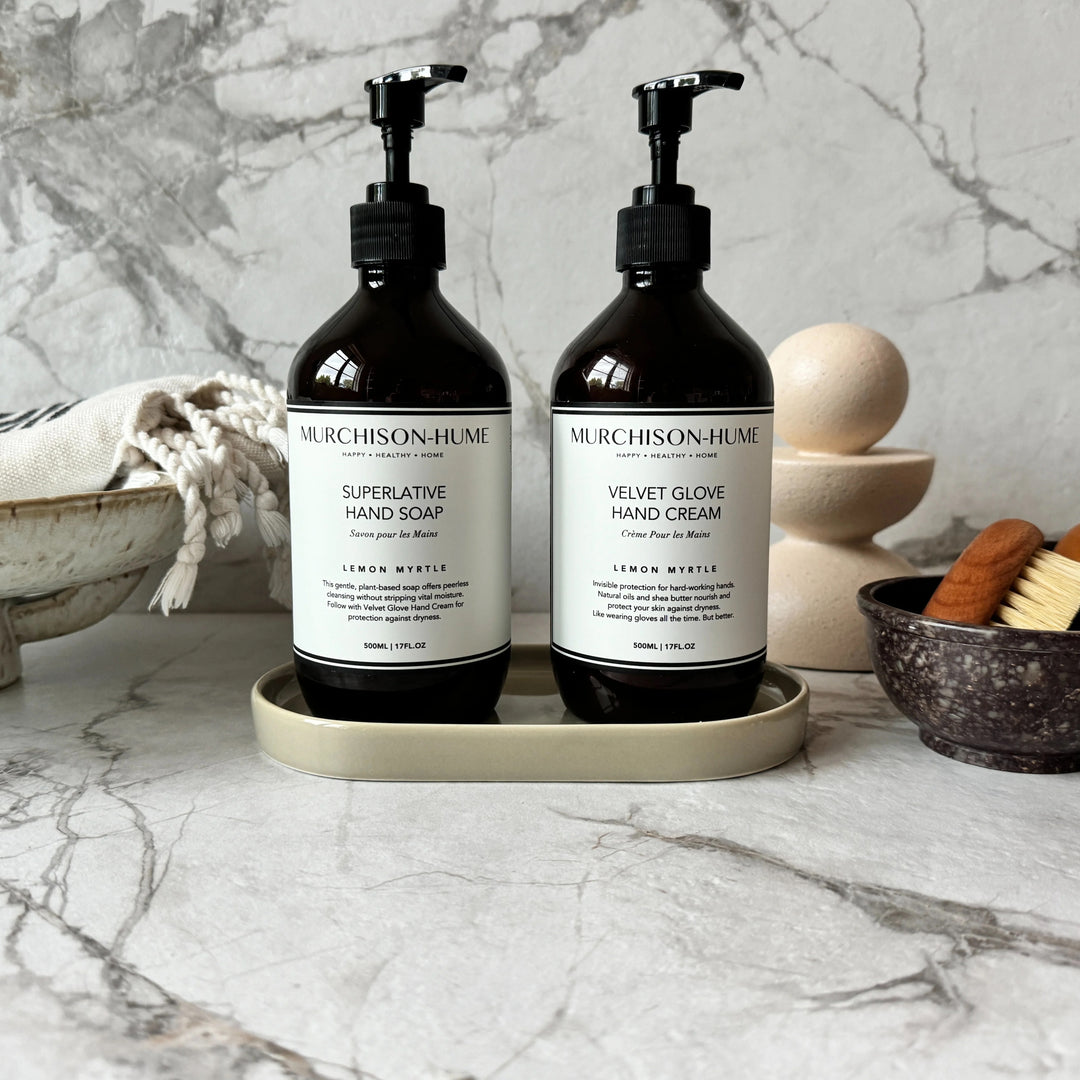You probably wash your sheets and pillowcases at least a couple of times per month—but there’s one thing sitting on your bed that you may not have washed in years: your pillows. You sleep on them every night, and things like hair, dead skin, sweat, and drool can seep through the pillowcase and onto the pillow. This is doubly true for any throw pillows you may have sitting on your bed—especially if they often end up on the floor in the middle of the night.
But the best way to clean your pillows isn’t necessarily to just chuck them into the washing machine and hope for the best. Instead, it takes a bit more time and patience to work out any dirt, grime, or germs to keep them as fresh and fluffy as ever. Ahead, find out how to clean your pillow in four easy steps—no dry-cleaner required.
Air It Out
If you’re someone that likes to take the sheets off and let your room air out, you’re already on the right track. The next time you wash your sheets, take off the pillowcase and any case protector, then vacuum and dust off of it. Now’s a good time to break out the smaller fabric attachment, too.
Take Care of Stains
If your pillow is more than ten years old—or is completely full of stains—it might be time to get a new one. But if it just requires a bit of spot cleaning, skip the dry-cleaner and use something like Garment Groom, our plant-based alternative. Not only can you use it as an on-the-spot stain remover, fabric freshener, and laundry pre-treat for all of your delicates and everyday laundry, but it works wonders as an upholstery cleaner, too. The Basil, Mandarin, Kale fragrance is a bright, botanical blend of just-cut greens and herbs, rounded out with juicy citrus.
Spray any stains on your pillow generously, then let it sit before laundering.
Wash It Gently
While you can technically throw most pillows in the washing machine, it can take quite a bit of time to dry. If your machine is large enough, wash two pillows at a time to help balance the load. Just keep in mind that the agitator on conventional top-loaders can be tough on pillows, so it’s best to wash it on the gentle cycle only for a few minutes (or the shortest possible setting, if you can’t control the time). Alternatively, you can hand-wash it vigorously if you have a large enough bucket or sink, or take a trip to the laundromat to use a front-loading machine. (Bad news for anyone that prefers memory foam or latex: Washing machines can break up the foam, so it’s best to hand-wash them.)
Let It Dry Completely
If your pillow doesn’t dry completely before adding a pillow protector or pillowcase, you run the risk of creating the perfect environment for mildew to grow. That’s why you’ll want to dry most pillows for at least an hour on moderate heat. (The exception is down or feather pillows, which can’t withstand any heat—instead, use the air-dry setting.) But here’s a hot tip: Skip the auto-dry setting because your dryer’s sensors will likely only detect surface moisture—meaning it’ll stop when the pillow is still damp on the inside.
Try adding dryer balls or dry towels to absorb any moisture, as well as keep the filling from clumping—and if the weather is nice enough to dry them on a clothesline outside until they’re thoroughly dry.
While it’s important to give your pillows a daily fluffing to restore their shape and remove dust, make sure you give them a true wash at least a couple of times per year. I’d even bet that you’ll get sick or suffer from indoor allergies much less!
xx LC








